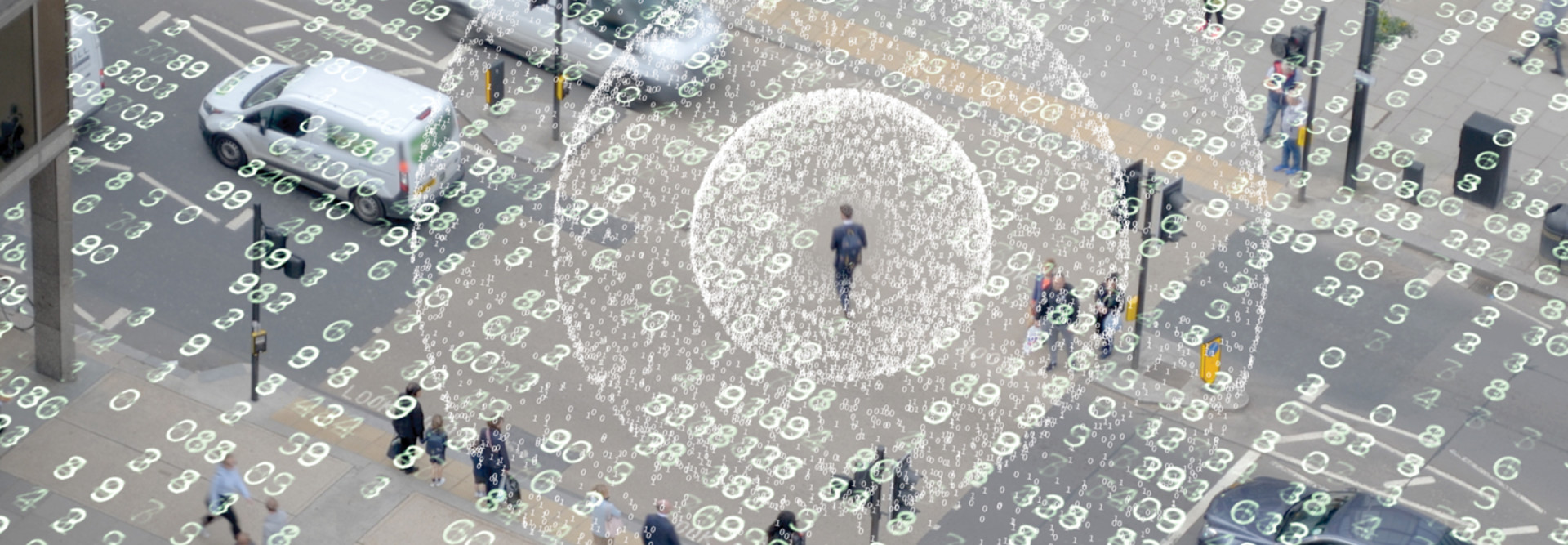How Cities Fulfill the Demand for Public Wi-Fi
As more cities contemplate smart city plans, they must first must meet a basic demand: internet access. Municipalities are providing free public Wi-Fi as they roll out smart city programs, taking advantage of fiber required to power the Internet of Things to provide public Wi-Fi access.
People want and use free public Wi-Fi: In a 2017 survey, One World Identity Labs found 49 percent of U.S.-based respondents use public Wi-Fi when they can’t get a cellular connection, and 32 percent prefer using free public Wi-Fi even when they do have a cellular connection.
Today, this kind of access is expected. “We assume we have access to high-speed internet, especially kids today. To survive, they need air to start, and the next thing they need is Wi-Fi,” says Naveen Lamba, director of smart communities and infrastructure at advisory firm Grant Thornton.
Citywide Wi-Fi is more than a public convenience. It helps cites run their infrastructure, address income inequality, attract potential customers to business, improve public safety and enable local governments to provide better services for their citizens and visitors to their region.
MORE FROM STATETECH: Find out how Colorado Springs is moving toward a smart city future.
Citywide Wi-Fi Expands Access
Municipal Wi-Fi can combat growing economic inequality by increasing internet access availability no matter where residents live, since they won’t need to pay for internet access in their homes.
“Even within cities, there are several members of society that cannot afford the level of access that they would like to have,” Lamba says. “If it were available everywhere, that facilitates a lot of things for different parts of the economy.”
Citywide Wi-Fi can boost local economies too. According to the National League of Cities, cities with economies based around digital technologies are more likely to have lower unemployment and poverty levels, and an urban area’s median income level and gross domestic product per capita correspond to the strength of its internet sector.
Smart City Wi-Fi Repurposes Existing Infrastructure
In 2015, New York City launched LinkNYC, which transformed New York City’s payphones into Wi-Fi kiosks to provide fast and free public Wi-Fi. “LinkNYC brings us a couple steps closer to our goal of leveling the playing field and providing every New Yorker with access to the most important tool of the 21st century,” Mayor Bill de Blasio said when the project was announced in 2014.
“Links,” as the stations called, also provide device charging and tablet access to city services, maps and directions. They can also be used to make free phone calls to anywhere in the U.S.
As of Oct. 25, 2019, the city has 1,771 active Links installed throughout the five boroughs. The service is provided by CityBridge, which is a consortium of companies including Intersection, Qualcomm and CIVIQ Smartscapes. The system is paid for by advertisements on the Links themselves and through sponsorships and partnerships, which keeps the system free. Usage statistics are published online as part of the NYC OpenData program.
Municipal Wi-Fi Helps Local Businesses and Safety Initiatives
This summer, the Oregon District, a shopping, dining and entertainment destination in Dayton, Ohio, announced it would be implementing a smart city solution throughout the district, thanks to a partnership with communications services provider Cincinnati Bell.
The initiative includes installing fiber for free public Wi-Fi and providing analytics, engagement software and security cameras, which will run on the fiber-optic system. It’s scheduled to be live by the end of 2019.
Members of the Oregon Business District Association had “a bunch of ideas kicking around” in terms of providing public Wi-Fi “just for faster internet overall,” says Kyle Babirad, president of the association. This idea was especially supported by restaurant and coffee shop owners, who would no longer need to provide individual Wi-Fi. The partnership with Cincinnati Bell, which is providing the up-front charges to deploy the smart city solution, made that happen.
The project also includes the creation of an Oregon District landing page that anyone who accesses the free Wi-Fi will see. That page will let users know about events happening in area, a tactic Babirad feels will be a better way to let people know what’s going on than flyers, street banners and advertisements in newspapers do.
VIDEO: Find out how San Diego is taking on digital transformation.
City Wi-Fi Is a Key Part of Smart City Plans
Creating a free public Wi-Fi network helps cities govern in better and more efficient ways too, says Lamba.
“If you take the city itself, how do they operate all their own functions more efficiently?” If that city has Wi-Fi, “they could do things more easily and data can flow.”
The data flowing in can be used for a host of initiatives, including providing fuel for sensors as part of IoT systems. “At a very basic level, how are people moving around in the city based on the times of day, based on geography, based on modes of transportation?” he says. “Based on that, where are the bottlenecks, and are there any pockets where accessibility to transportation is an issue?”
This kind of information allows cities to know where to allocate resources to address these gaps and trouble spots.
In northern Alaska, for example, an IoT solution is used to more efficiently clear roads in bad weather.
In Philadelphia, the water department is using sensors to monitor infrastructure. And in Georgia, intelligent traffic solutions are helping municipalities respond to extreme weather events and improve traffic flow and vehicle and pedestrian safety.
Devices like cameras can also be used by first responders “to get information as to what’s going on while they’re traveling to the location,” Lamba says. “They can already start making plans while they’re on their way, or be prepared for certain hazardous situations that may be presented when they get there,” with that information transmitted over public Wi-Fi.









